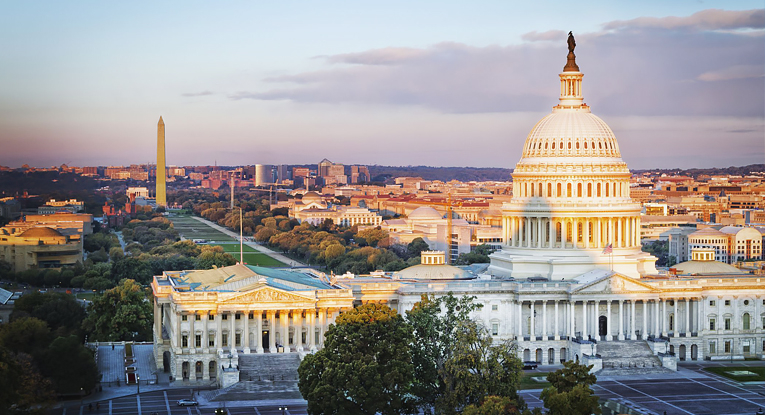New Clean Water Act Rule Enlarges Regulatory Jurisdiction of EPA, Army Corps of Engineers
The Environmental Protection Agency (EPA) and United States Army Corps of Engineers (USACE) on May 27, 2015, released a new federal rule that greatly expands which and what types of waters, wetlands, and lands the federal government may regulate under the Clean Water Act (CWA). The Clean Water Rule, which will serve as a cornerstone upon which enforcement actions under the CWA are based, was published to clarify what are considered waters of the United States.
As drafted, the regulation significantly increases both the type and number of water bodies, wetlands, and lands the EPA and the USACE may regulate under the CWA.
The rule employs broad language in defining what types of water bodies may be regulated. Such water bodies include: all waters that are currently used, were used in the past, or may be susceptible to use in interstate or foreign commerce, including all waters that are subject to the ebb and flow of the tide; all interstate waters, including interstate wetlands; and territorial seas.
Definitions of tributaries and adjacent waters in the rule encompass water bodies and land not historically considered as falling under the rule’s jurisdiction:
- Tributaries qualify as under the rule’s jurisdiction if they have an ordinary high water mark, a bed and bank, and contribute flow, either directly or indirectly, through an adjacent or neighboring water. In other words, a long-dried out creek with the features of a historical high water mark and a bed and bank that has no substantial connection to a water body may now qualify as jurisdictional.
- Adjacent waters or wetlands waters, including waters separated by constructed dikes or barriers, natural river berms, or beach dunes, are those that border, are contiguous with, or are neighboring waters under the rule. Neighboring waters can include those that are located within 1,500 feet of the ordinary high water mark within a 100-year floodplain.
Additional consideration should be given to the definitions of open and isolated waters, as these contemplate land or water bodies not historically regulated.
A goal of the new rule is to reduce the costly, legal and factual hair-splitting practice of determining wetlands under the Clean Water Act. According to EPA, its drafters believe its language "reduces the use of case-specific analysis of waters." It remains to be seen whether, in the words of the EPA, the rule will "significantly limit the use of case-specific analysis by creating clarity and certainty on protected waters and limiting the number of similarly situated water features."
The rule and related documentation can be found at the EPA website.
Moving forward, real estate developers, industrial companies, and farmers should determine whether their activities are planned to or may occur on lands governed by the rule.






































